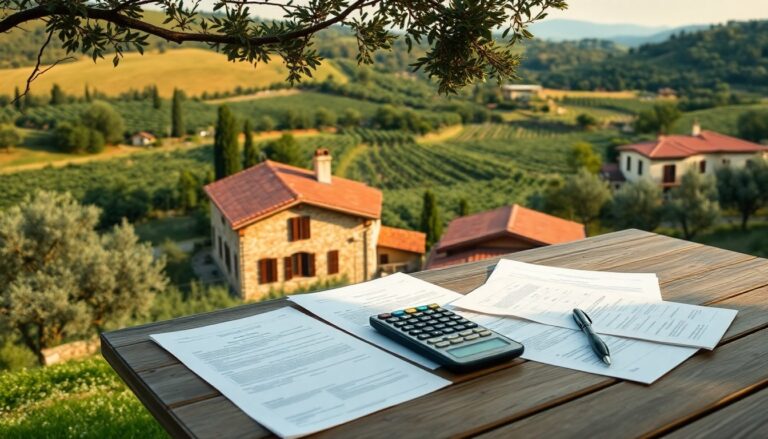Investing in a second home can be an exciting yet complex endeavor. Many view it as an opportunity to secure a vacation retreat or an income-generating asset. However, it is crucial to understand the various costs and taxes that accompany such a purchase. Unlike a primary residence, financial obligations associated with owning a second property can
be significantly higher. This article explores the taxes and expenses to anticipate when considering a second home in Italy.
Initial costs to consider
The initial financial outlay for purchasing a second property can be quite substantial. This includes various taxes such as the registration tax, land registry fees, and mortgage tax. For example, the registration tax for a primary residence is typically around 2% of the property’s assessed value, but this
figure escalates to 9% for a second home.
If you are considering a second home valued at €200,000, you could face a registration tax of €18,000, compared to just €4,000 for your first home. These initial expenses can be daunting and represent just the beginning of your financial journey as a property owner.
Ongoing financial obligations
Once you acquire a property, the financial responsibilities do not end. You will encounter several annual taxes, including
the IMU (municipal property tax) and TARI (waste collection tax). The IMU applies to all secondary residences without exemptions, in contrast to primary homes, which may qualify for tax relief if they are not classified as luxury. The IMU rate can vary based on the municipality, ranging from 8.6 to 10.6 per thousand of the property’s assessed value.
In addition to the IMU, property owners must also pay the TARI, which covers local waste disposal services. This tax is typically calculated based on the size of the property and the number of occupants. Notably, unoccupied properties are also subject to this tax unless officially declared uninhabitable, which involves meeting specific criteria.
Income tax implications
For individuals who own a second home in the same municipality as their primary residence, it is essential to consider the impact on IRPEF (personal income tax). Under current regulations, any income derived from non-rented properties contributes to the IRPEF base, with 50% of the assessed value considered for taxation. This can add an unexpected layer of financial obligation for second homeowners.
Future changes and considerations
Looking ahead, potential property owners should be aware that, starting in 2025, costs associated with renovations for second homes are expected to increase. The renovation bonus, which currently applies to both primary and secondary residences, will be reduced for second homes to just 36%. This indicates that renovation expenses for a second property are likely to weigh more heavily on your finances in the coming years.
Moreover, those who have benefited from the superbonus for renovations must update their property’s assessed value, which could lead to an increase in the annual IMU liability. Understanding these upcoming changes is essential for making informed decisions about your investment.

